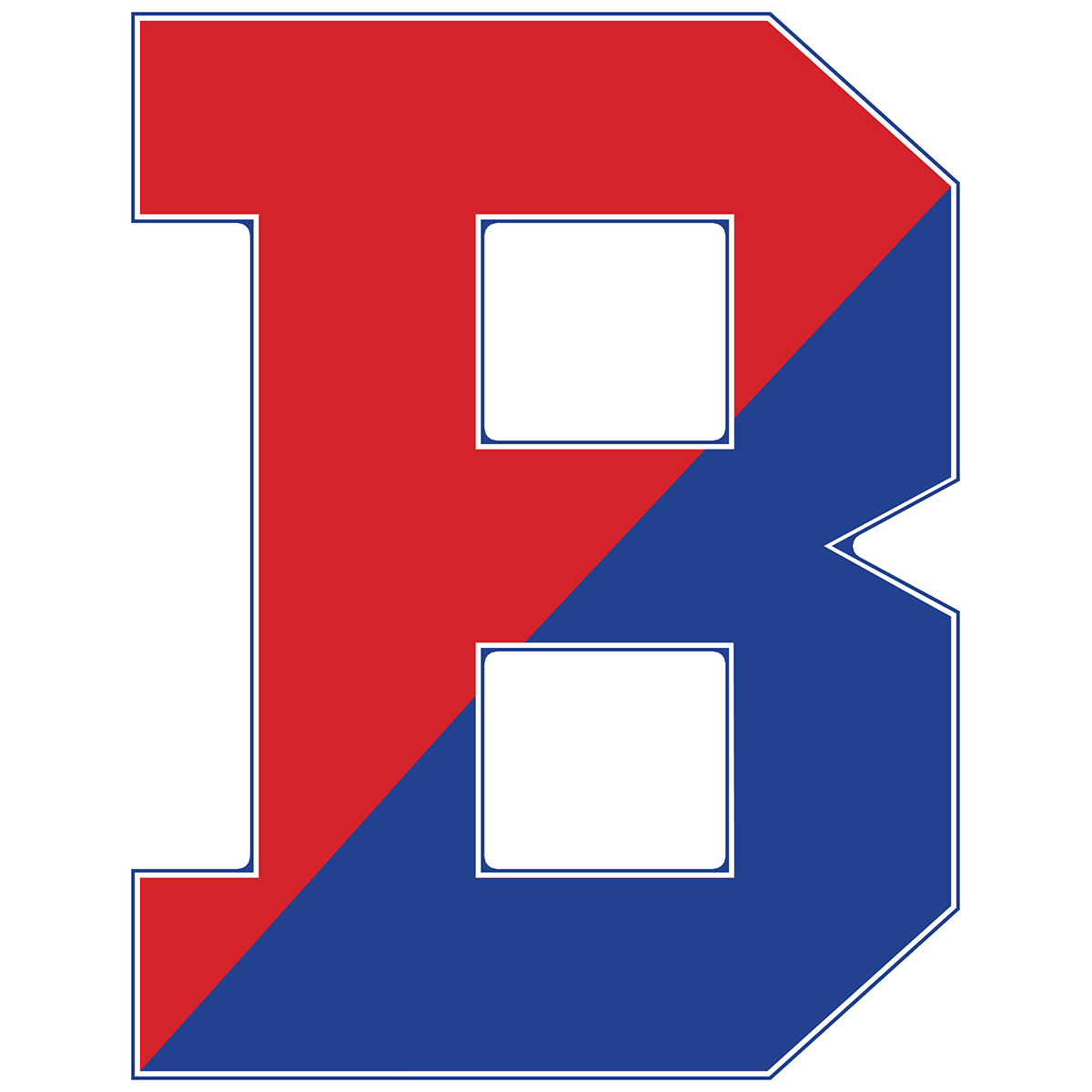Student Dress Code
From the Student Code of Conduct
Individual students and their parents or guardians bear the responsibility for student dress and general appearance. Students are required to attend school in appropriate dress, and appearance that meet health and safety standards, and that do not interfere with the educational process. Personal appearance is one of the most visible indicators of youth culture. Looking at how young people dress themselves is a powerful indicator of the current state of youth culture and self identification. The dress code is designed to help students and their parents recognize choices regarding attire that would be situationally appropriate in their future workplace as well as in an educational setting.
Students may be required to wear appropriate protective gear in certain classes (e.g., technology, family and consumer science, physical education.)
Clothing, attire, notebooks, or personal property, which has an expression (e.g.,phrase, word or words) or insignia (e.g., picture, symbol, patch, or pin) which contains the following will not be permitted: alcohol, tobacco, and/or other drug references; libelous statements, unfounded charges, or accusations; obscenity, defamation of persons, discriminatory or false statements, or plagiarism; vulgarity, subject matter advocating racial or religious prejudice, hatred, or violence; the breaking of laws and school policies and regulations; subject matter promoting sexual or other harassment, or which, itself, may reasonably lead to disruption of the educational process or that is not consistent with the basic educational mission of the schools.
This includes, but is not limited to, apparel, jewelry, accessories, or any manner of display which, by virtue of its color, arrangement, trademark, or other attribute is reasonably perceived or intended to intimidate, threaten, incite violence, or reflect gang affiliation or membership in a group that advocates drug use or other illegal or violent activity.
The wearing of headgear that obscures the eyes and face, as well as coats or other outerwear, except for religious or medical reasons, is prohibited in school buildings during the school day. Administration is authorized to take action in instances where individual dress does not meet the stated requirements. If the administrator determines that a student is found wearing impermissible attire, the student may be required to change, cover-up, or return home, after parent/guardian contact, and change clothes prior to returning to class. The student will be responsible for any work missed as a result of leaving and returning to school. All discipline measures provided in the Student Conduct and Discipline Policy align with the behavior violation of: Failure to Respond to School Directives.
The CROWN Act
In 2019, the Dignity for All Students Act, or DASA, was amended by the CROWN Act to add the definition of race that includes traits such as hair texture and protective hairstyles such as locs, braids, and twists in order to protect students' access to their public education regardless of how they choose to wear/style their hair. The CROWN Act, which stands for Creating a Respectful and Open World for Natural Hair, prohibits racial discrimination based on hair texture and protective hairstyles.Simply put, the CROWN Act protects students' rights to wear or treat their hair however they desire, without the threat of racial discrimination or loss.
Simply put, the CROWN Act protects students' rights to wear or treat their hair however they desire, without the threat of racial discrimination or loss of access to school, participation in activities, and inclusion in opportunities inside and beyond typical classrooms. School administrators can work to create a culturally responsive and sustaining school environment that reflects the diversity of its students, including their hairstyles, and supports student selfexpression.
Under DASA and the CROWN Act, schools are responsible for ensuring that:
Teaching staff and other school personnel are aware of the Crown Act;
School personnel understand that formal disciplinary action against students based on
their natural hair texture and protective hairstyles is prohibited;
School personnel understand that, given their inherent position of authority over
students, they are responsible for preventing racial discrimination and supporting all
students’ access to school, participation in activities, and inclusion for opportunities
inside and outside of the classroom; and
The CROWN Act helps to promote school belonging and engagement for all students;
reduces disparities in school discipline; increases educational engagement and
academic success; and protects students, regardless of gender or gender identity.
